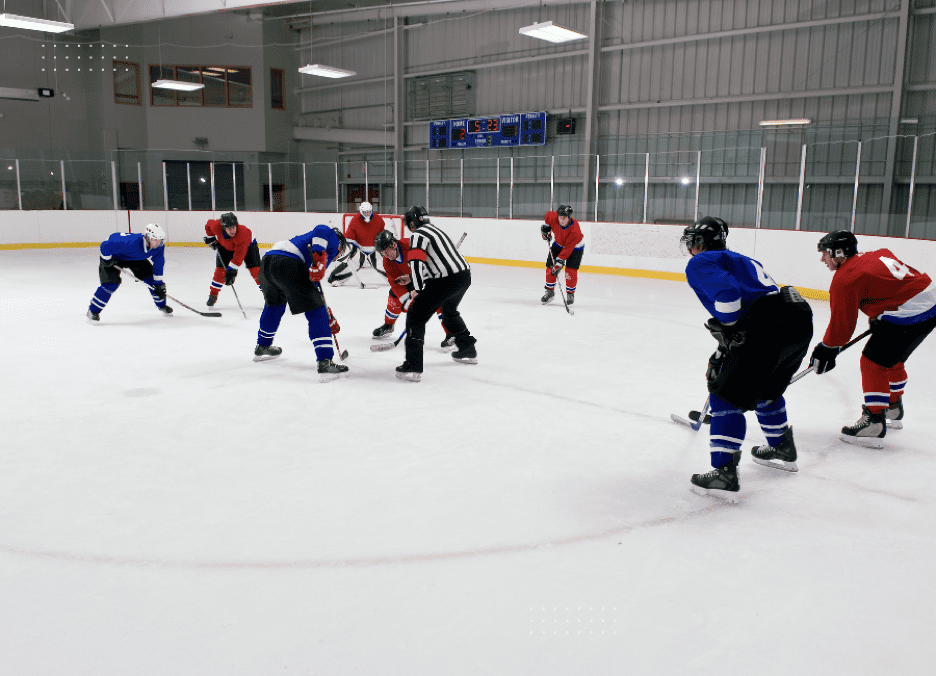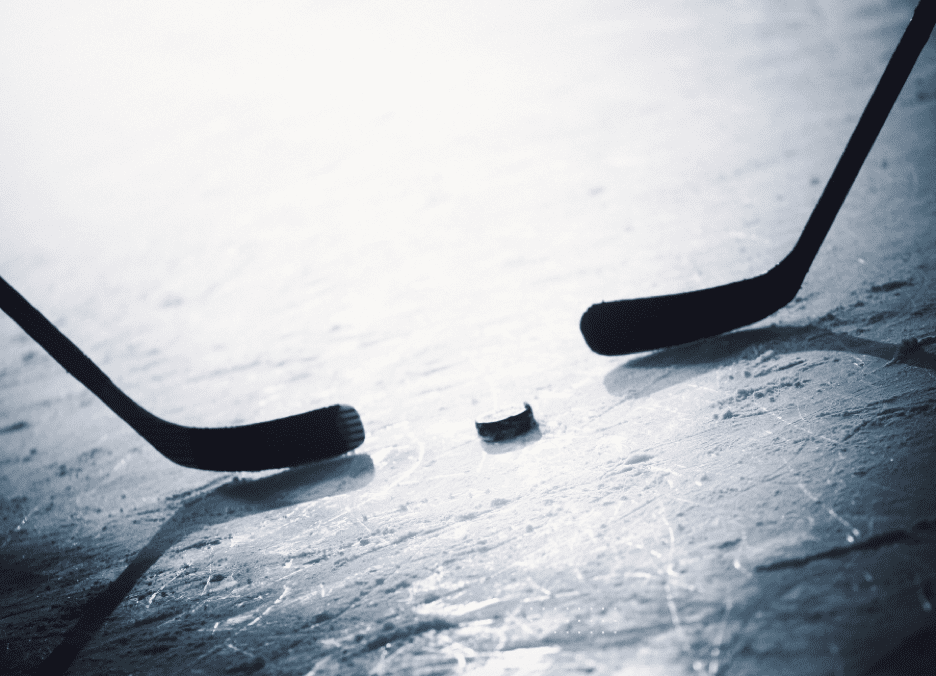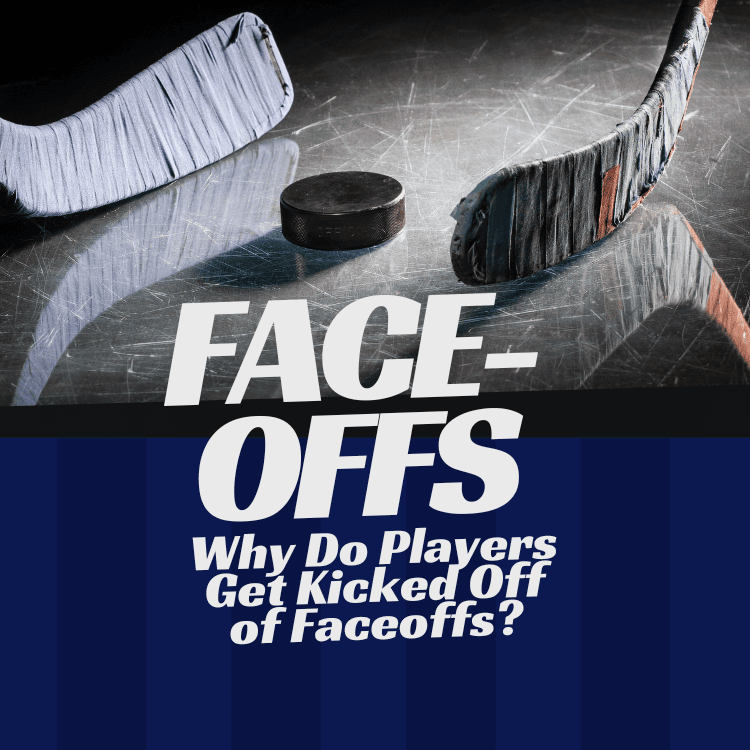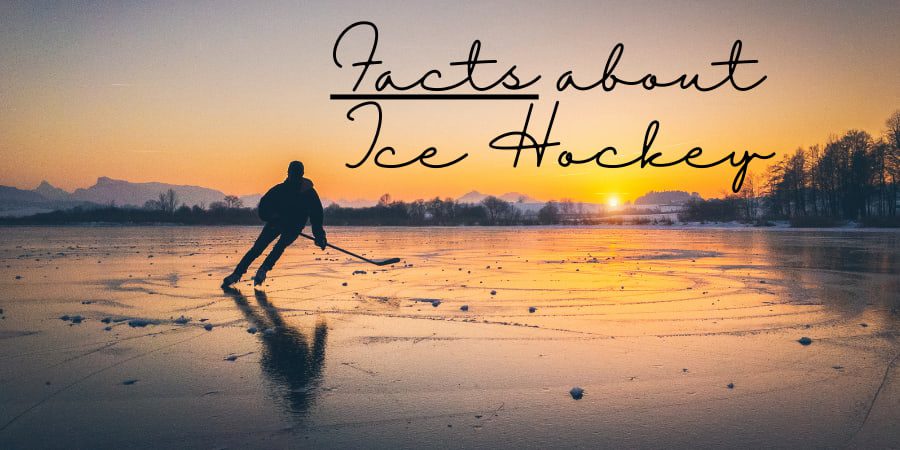Faceoffs in hockey aren’t just a battle for possession; they are a chess match on ice where strategies can make all the difference. But when players push the boundaries too much, they can get kicked out of the faceoff circle.
Curious about why? Well, we unravel the rules, common infractions, and the sneaky strategic moves that sometimes lead to the ref declaring, “You’re out of here!”
Here we discover why hockey players get kicked out of faceoffs! Explore the rules, common infractions, and the strategic maneuvers behind those pivotal moments when the ref steps in. Learn more about the fascinating chess match on ice that keeps every game thrilling.
The Pre-Drop Drama
In the final minutes of a fiercely contested hockey game, the tension on the ice was electric. The score was tied, and both teams knew that winning this faceoff could be the key to victory. The centers glided into position, crouching low and staring each other down, their focus unwavering. Ben, the home team’s ace center, was determined to win the draw and set up the winning play.
As the linesman prepared to drop the puck, Ben’s adrenaline surged. His stick twitched just a fraction too soon, a barely perceptible movement born from eagerness and pressure. The linesman’s eagle eyes caught the infraction immediately. With a sharp blast of his whistle, he pointed at Ben and signaled him out of the faceoff circle. “You’re out!” he declared firmly.

Ben’s frustration was evident as he skated away, knowing his slight mistake had cost him a chance to control the puck. His teammate, ready for this very scenario, quickly stepped in to take his place. The energy in the arena shifted as the visiting team saw an opening to seize control, all stemming from Ben’s momentary lapse. The stage was set for a dramatic finish, and every eye was on the new center, ready to take the crucial faceoff.
What are the most common faceoff violations?
In my deep dive for this article, I found that the question of why hockey players get kicked out of faceoffs is so intriguing that it’s sparked extensive discussions on Reddit. That’s right, folks! This topic has captivated the hockey community, leading to countless threads dissecting the rules, strategies, and infamous moments when players have been booted from the circle. Let’s explore the nuances behind these dramatic ejections and why they matter so much in the game.
The Faceoff
The faceoff is one of the most critical moments in a hockey game. The puck is dropped between two opposing centers by the official, who ensures both players adhere to strict positioning rules.

The tension in the circle is palpable as each player uses quick reflexes and strength to gain control of the puck.
Winning a faceoff can lead to immediate scoring opportunities, especially in the offensive zone, or provide a crucial defensive advantage in your own end.
Key players in the faceoff are the centers, who square off against each other with their sticks on the ice, ready for battle. The officials play a crucial role, too, ensuring the players are correctly positioned and the rules are followed.
The choreography of a faceoff is a blend of skill, strategy, and sometimes a bit of mind games, making it a fascinating and essential part of the game.
The most common infractions include premature movement, incorrect stick positioning, and encroachment by teammates.
When a player moves before the puck is dropped, it can give them an unfair advantage, which is why officials are vigilant about ensuring players remain stationary until the puck hits the ice.
This rule helps maintain fairness and ensures that neither player gains an improper edge during the faceoff (Hockey Answered) (SportsRec) (Ice Hockey Central) .
Face-off Enjection: Incorrect and Illegal Positioning

Players must line up properly with their skates in the correct spots and their sticks on the ice. If a player or their teammate encroaches into the faceoff circle prematurely, it can lead to the center being kicked out.
Officials are also on the lookout for any physical contact between players before the puck is dropped, as this can disrupt the fairness of the faceoff. (Hockey Answered) (HockeyHow) (Fresh Gear) .
One of the primary requirements is that players must line up with their skates behind the hash marks.
Rule 613 Face-Off Procedures
(b) No other player shall be allowed to enter the face-off circle or come within 15 feet of the players facing-off the puck. All other players must position themselves behind the hash marks on the outer edge of the face-off circle or stand approximately one stick length apart from the opponent.
USA Hockey; https://www.usahockeyrulebook.com/page/show/1084660-rule-613-face-off-procedures
If a player’s skates are not properly positioned, or if they encroach into the opponent’s space, the official may eject the player from the faceoff circle. (Hockey Answered) (HockeyHow) (Ice Hockey Central) .
Illegal positioning also involves players encroaching into the opponent’s space. This typically happens when a player leans too far forward or angles their body improperly, giving them an unfair proximity to the puck.
Encroachment is not limited to the centers; wingers and defensemen can also cause a faceoff violation if they move into the faceoff circle prematurely.

These rules ensure that the faceoff is a fair contest between the two centers, maintaining the integrity of the game and preventing any team from gaining an undue advantage through positional infractions (Hockey Answered) (HockeyHow) (Ice Hockey Central) .
Another critical aspect of faceoff rules involves the correct positioning of sticks and skates.
Players are required to have their stick blades flat on the ice and in the designated area before the puck is dropped. The Visitor Center to hit the ice first with their stick, and then the Home Center.
This rule is in place to prevent players from gaining an advantage by manipulating their stick positioning to disrupt their opponent’s timing or control of the puck.
For instance, a player may try to keep the blade slightly off the ice to chop down onto the puck or their opponent’s stick, which can result in their ejection from the faceoff circle if caught by the official (Hockey Answered) (SportsRec) (Ice Hockey Central) .
Rule 613 | Face-Off Procedures
“(a) Play shall start when one of the officials drops the puck between the sticks of two opposing players.
For face-offs occurring at a designated end zone face-off spot, the players facing-off will stand squarely facing their opponents’ end of the rink and clear of the ice markings. The stick blades of both players shall be in contact with the nearest white area of the face-off spot and clear of the center red area.
For face-offs occurring at the center ice or neutral zone face-off spots, the players facing-off shall squarely face their opponent’s end of the ice and stand approximately one stick length apart.
The attacking player shall be the first to place his stick on the ice, except for a center ice face-off where the visiting team player shall be first to place his stick on the ice.
USA Hockey; https://www.usahockeyrulebook.com/page/show/1084660-rule-613-face-off-procedures
Players must ensure their skates are properly aligned and behind the designated hash marks on the ice. (Hockey Answered) (HockeyHow) (Fresh Gear) .
Interferences
Interference by teammates is a critical aspect of faceoff violations that can significantly disrupt the fairness of the game. Wingers and defensemen must remain in their designated positions and are prohibited from interfering with the opposing center during a faceoff.
If a winger or defenseman encroaches into the faceoff circle or makes contact with the opposing center before the puck is dropped, it can result in the center being kicked out of the faceoff. Ugh…Thanks, Bro!
This rule ensures that the faceoff is a fair contest between the two centers without any external influence. Officials are vigilant in monitoring these actions to maintain a level playing field, ensuring that the outcome of the faceoff is determined solely by the skill and timing of the centers involved (Hockey Answered) (SportsRec) (Ice Hockey Central) .
Additional Resources for Faceoffs in Hockey!
Links to NHL Rulebook Sections on Faceoffs
- NHL Rulebook: For a detailed explanation of faceoff rules and procedures, check out the official NHL rulebook, which provides comprehensive guidelines on the conduct of faceoffs, player positioning, and penalties for violations. You can find it here and here (USA Hockey Mobile) (USA Hockey Officiating) .
Videos Demonstrating Proper Faceoff Techniques and Common Violations
- NHL Video Rulebook: The NHL provides video examples outlining penalties, proper techniques, and game flow situations related to faceoffs. These videos are excellent resources for visual learners looking to understand the nuances of faceoffs. Check out the videos here (NHL) .
- YouTube Tutorials: Channels like NHL 101 offer tutorials and breakdowns of faceoff techniques, common mistakes, and tips for winning faceoffs. A great starting point is the “How Faceoffs Work in Hockey” video available here (NHL) .
Forums and Communities for Further Discussion and Learning
- Hockey Forums and Reddit: Engage with other hockey enthusiasts and experts on forums like Reddit’s r/hockey and specialized communities such as Hockey’s Future. These platforms are excellent for asking questions, sharing experiences, and learning from a global community of fans and players. Start exploring these discussions here (Hockey Answered) (HockeyHow) .
- Hockey Answered: This site offers detailed articles and user discussions on various hockey topics, including faceoffs. It’s a valuable resource for in-depth explanations and community insights. Check out their faceoff discussions here (Hockey Answered) .
These resources will help you deepen your understanding of faceoffs, improve your techniques, and connect with a broader community of hockey enthusiasts.



